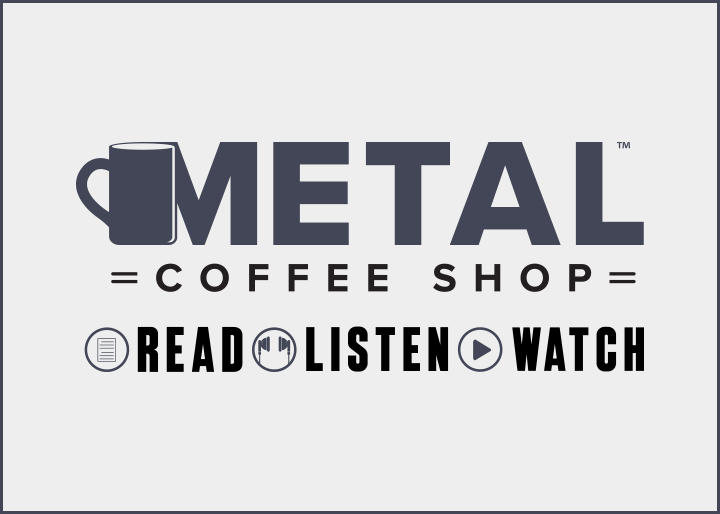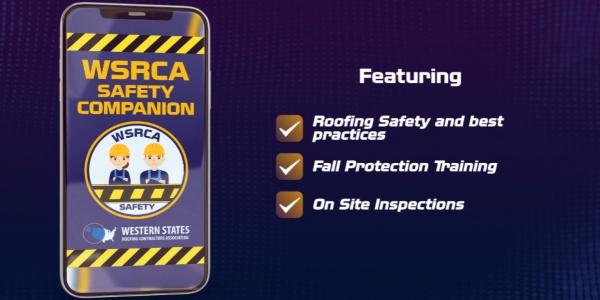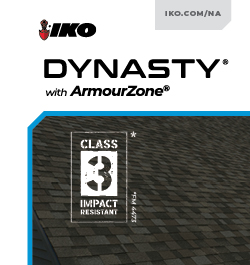World Class in Safety – Part Two

By John Kenney, Cotney Consulting Group.
Here are the key elements every great safety management system should have.
In Part One of this series, we looked at the definition and goals of a world-class safety organization in our industry. In Part Two, we will learn about the elements and implementation of a safety management system (SMS).
Safety management system elements
According to the experts, the key elements of an SMS are as follows:
- Management leadership and employee involvement
- Planning
- Implementation and operation
- Checking and corrective action
- Management review
These elements are not significantly different from those outlined in OSHA's 18001 standards on Safety Management Systems. They will provide your organization with the core focus areas required to best ensure the health and safety of all employees.
Leadership commitment is critical for a successful SMS. Leadership must commit to allocating resources and securing employee participation and involvement. Your safety and management system should include the following components:
- Management leadership and organizational commitment
- Hazard identification and assessment
- Hazard control
- Work site inspections
- Worker competency and training
- Incident reporting and investigation
- Emergency response planning
- Program administration
Given the daily continuing incidents in our industry and the ever-changing business environment, there should be increasing emphasis on all roofing contractors to develop and maintain an SMS. The elements of an effective SMS should fall into three interrelated categories. These categories are as follows:
- People management
- Supporting processes and systems
- Equipment and technology
This may vary from meeting the regulatory requirements within our industry to the more extensive goals of being a world-class leader in safety. The key to success, however, is recognizing the relationship between them and managing them accordingly.
Implementing a safety management system
When implementing an SMS, you should utilize a "plan-do-check-act" scenario to bring about continuous improvements. The two possible scenarios to be discussed in your implantation discussion:
- Your company does not have an organized or structured SMS, and you will implement one.
- Your company has an SMS, and you need to upgrade the processes to promote better safety management and performance.
Each scenario will require different levels of detail and attention to ensure sustained long-term performance. Designing one for the first time is much more complicated than upgrading existing processes.
Building an SMS from the ground up
It is crucial to ensure that your SMS is consistent with the safety philosophy of your organization and that the key categories we outlined earlier, people management, supporting processes, systems, equipment and technology, are interrelated and addressed. The safety philosophy of your company will determine the level of detail required for a successful implementation of an SMS.
Establish the safety culture vision
Establishing and communicating the safety culture vision is one of the most critical steps, beginning with leadership. Communication of this vision must come from the leadership through continuous messaging and demonstrated leadership commitment. Leadership commitment, personnel accountability and stewardship are important components for gaining employee support and commitment to a shared safety culture vision.
Standard elements are clearly defined
An effective SMS requires clearly defined standards. Standards must be easy to follow, practical, applicable, and executable across your organization. All employees must be fully aware of the expectations according to your standards. You will use these standards for auditing for compliance.
You should develop your standards to meet or exceed regulatory requirements. Develop them using internal and, where necessary external expertise and knowledge. Use a diverse team in your company with various subject knowledge to develop the standard with a clearly defined scope. The company's senior management must support this team and provide adequate resources to set a robust standard. Developing the standard will require several written versions before reaching the final draft. Each should be reviewed and tested before launching the last version. Once implemented, you will likely encounter deficiencies or gaps in the standard that may require further revision. If a weakness or gap exposes an immediate hazard, a managed change process must address the issue and immediately communicate the upgraded change to the entire organization.
Allocate responsibilities and resources
Successful execution of an SMS requires the involvement and support of the team and company stakeholders. Involving people in the execution of the SMS who do the work and are passionate about safety will enhance the overall process and outcome. Therefore it is best to assign responsibilities to people who want to be a part of the process and are prepared to do the work necessary to see this type of project to completion. In addition, when assigning responsibilities, you must ensure that a senior manager of the organization is an execution team member.
Provide training to all personnel
Personnel responsible for executing standards for your company must be competent in using the required standards supporting the SMS. All personnel must be required to behave and work in a manner that is consistent with the SMS and standards. To accomplish this, they must be trained appropriately. Training can vary from general awareness to specific competency and assessment training. General awareness training is most suitable for personnel not directly involved in using standards, such as management, that support the execution of the SMS but are not directly responsible or accountable for any of the elements.
Developing a training matrix that defines the training requirements by roles for all personnel consistent with each element is recommended to ensure that all employees are trained and assessed correctly.
Subject matter experts can provide technical safety training within your company or with external providers. In either case, training must be consistent with the requirements of the SMS standards.
In Part Three, we will continue with our discussion on implementing a safety management system.
Learn more about Cotney Consulting Group in their directory or visit www.cotneyconsulting.com.
About John Kenney
John Kenney is the Chief Executive Officer at Cotney Consulting Group. Prior to starting Cotney, John had 45 years of experience in the construction industry. John began his career by working as a roofing apprentice at a family business in the Northeast. Because of his skill and hard work, he progressed from roofing laborer to foreman, estimator, chief estimator, Vice President, and Chief Operating Officer with his various companies. John has worked for multiple Top 100 Roofing Contractors and is intimately familiar with all aspects of roofing production, estimating, and operations. In his last role, John was responsible for the daily operations and performance of a large commercial roofing contractor. During his tenure, John ran business units associated with delivering excellent workmanship and unparalleled customer service while ensuring healthy net profits for his company.






















Comments
Leave a Reply
Have an account? Login to leave a comment!
Sign In